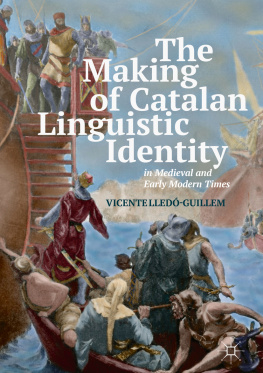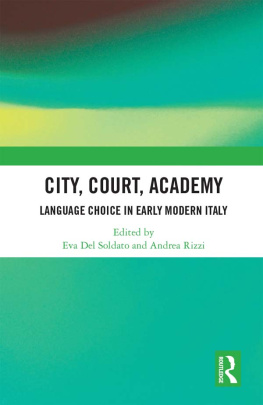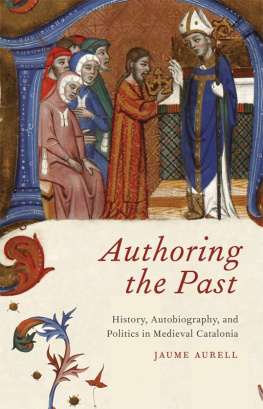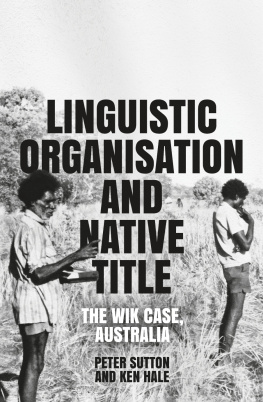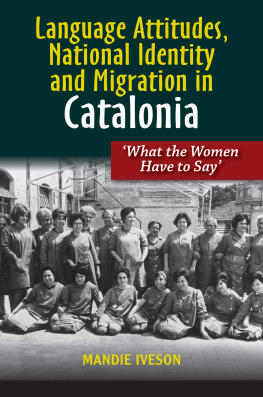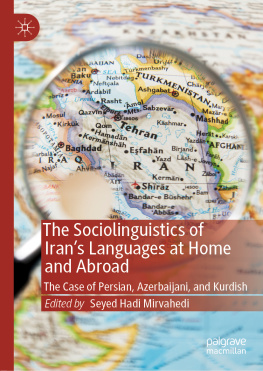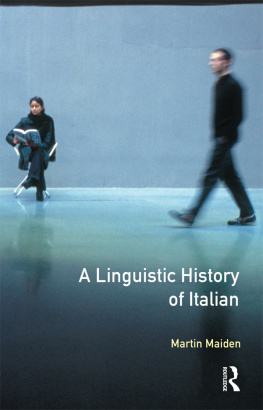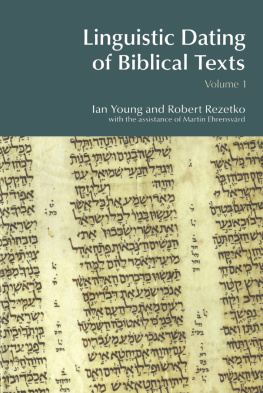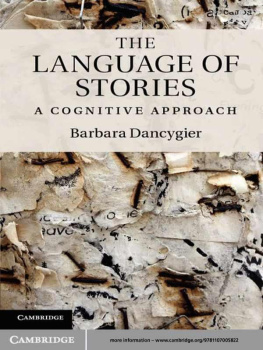1. Introduction
The rise of the different Romance languages after the fall of the western Roman Empire is a long-debated topic of historical linguistics. Furthermore, the Latin alphabet is widely used in the writing systems of many languages, and Latin vocabulary has had a considerable influence because of its prestige . This uniform and prestigious language has been called Classical Latin . However, the uniformity of Classical Latin was a mirage, since the vast majority of the population of the Empire spoke different varieties of the Latin language. These different varieties have been grouped together with the name Vulgar Latin or Proto-Romance , which never had a uniform vocabulary , spelling system , or grammar . Once Rome ceased to be an imperial political center at the end of the fifth century C.E., the different varieties of spoken Latin were open to different interpretations . On the one hand, they could have been interpreted as part of a unified language called Latin , as had been the case during the Roman Empire. On the other hand, the interpretation of linguistic difference throughout the western Roman Empire could follow the political remapping of Europe after the Fall of Rome.
Clearly, the latter interpretation prevailed in the course of history, and an ideologically unified Vulgar Latin or Proto-Romance was transformed into politically independent languages with their own distinctive writing systems beginning mainly in the thirteenth century., 5152).
We must bear in mind that a fundamental aspect of this linguistic construction was the naturalization of the process by which Latin had been transformed into particular Romance languages. It was important to demonstrate and convince the population that Latin had evolved according to the characteristic or unique features of a given territory or society , in such a way that language had essentially followed a natural process that respected the natural divisions of humanity . By naturalizing the transformation of Latin into particular Romance languages, some of the concrete historical circumstances that made possible the construction of different languages must be disregarded or effectively erased. While this process of naturalization occurred principally during the nineteenth century, one can observe instances of linguistic nationalism of social elites already during the thirteenth century, when some of the Romance languages were given a specific written name for the first time. Linguistic differentiation was not always easy to establish in the Romance world , especially in those areas where boundaries had been imposed quite abruptly due to political circumstances. One of those areas was the Catalan-Occitan area.
Nowadays, most language historians agree that Catalan is a unique and clearly differentiated Romance language. According to August Rafanell , there may be some disagreements as to the name that Catalan should have received as a language, but its separate identity is rarely questioned. The use of Catalan extends from a few kilometers north of Perpignan in France to a few kilometers south of Alicante in Spain , and from the west of Lleida to the Sardinian city of Alguer . The Corbires plateau in present-day France is considered the geographical feature that separates Catalan to the south from Occitan to the north, with an invisible line of isoglosses found in the area between Perpignan and Narbonne (Rafanell , 27). Although most comparative linguists presently agree upon the separation , this has not always been the case. It could also be argued that Catalan and Occitan represent varieties of the same language, depending upon the ideological stance taken.
Traditionally, 1213 and 1258 C.E. have been regarded as the years in which the separation of Catalan and Occitan was established ., 36). The territories where Occitan was spoken were thus under the control of the King of France, while the language of Catalonia was one of the languages of the Aragonese Crown , along with Aragonese and Latin . The political conditions had been established for a separation of the two languages. However, as this book seeks to demonstrate, there was never a definitive linguistic and political rupture between Catalan and Occitan.
The study of the Catalan-Occitan area is especially relevant for several political and linguistic reasons. First, the south of France seemed to be the ideal geographical location for the birth of an independent Romance language in the Middle Ages . In fact, the Romance variety of the south of Gaul , known as Occitan , appeared in writing quite early. Paul Zumthor refers to the years between 1000 and the second half of the thirteenth century as the great Occitan period . This Romance variety began to be used in religious poetic compositions such as Sainte Foy (ca. 1050) and Boeci (ca. 1100). However, it was not until the twelfth century that most of the classics in Occitan were produced, in the form of lyric poetry (Zumthor This lack of a clear political center gave rise to different designations to refer to the language of the troubadours and the inhabitants of the south of France.
According to Antoni Ferrando Francs, the different Medieval designations to refer to the Occitan language came from two different areas: the langue dol speakers from northern France called it lemos because it was the closest variety to them, whereas the Italians used the term provenal for the same reason. Italians transmitted the term provenal to the French in the sixteenth and seventeenth centuries, to the Spaniards in the eighteenth century, and to the European Romance philologists in the nineteenth century (Ferrando Francs with two possible meanings : either as synonymous with Occitan or referring to a possible archaic and united Catalan-Occitan language in the Middle Ages.
Second, and most importantly, the linguistic and political differentiation of Catalan and Occitan is relevant in the Romance world because, between the thirteenth and the seventeenth centuries, the relationship between the two became and ideological and political tool for the construction of the Crown of Aragon, and later the Spanish Empire . The political and linguistic (dis)continuity of the two languages was either supported or rejected depending upon the historical context . For this reason, this book is divided into two sections: the political use of the Occitan language by the Catalan-Aragonese monarchy and the interpretation of the Catalan-Occitan relationship in the construction of the Spanish Empire. In the first part, I shall demonstrate how the political neutrality of the Occitan language, as it did not represent a definite political entity in and of itself, was used by the Catalan-Aragonese monarchy to defend its interests either by stressing the discontinuity between Catalan and Occitan or by erasing it. In the second part, I explain how the demise of Catalan as a royal language in favor of Spanish in the Early Modern Period gave rise to a novel interpretation of the relationship between Catalan and Occitan , not only under the Crown of Aragon , but also in the Iberian Peninsula. I shall argue that this linguistic and political relationship played an important role in the way that the Spanish Empire would subsequently be imagined. Therefore, although the Gallic character of the Occitan and Catalan language(s) is a significant topic , the present study approaches the relationship between Catalan and Occitan from an Iberian point of view. Most of the texts that we shall consider were written by Iberian authors , though some important exceptions are found in Chaps..

